In my last post about my Viking River Cruise, I told you about visiting Kinderdijk in Holland, which is famous for its windmills. Part of our visit included touring the Museum Windmill Nederwaard, a working windmill preserved as it was when it was last inhabited during sometime in the 1950’s.
There is a miller on site to show you how the mill operates and answer any questions.
There is a bridge to cross to get to the museum.
The millers and the families that lived here often had livestock that they raised, so barns and little sheds surround each of the individual windmills. Here is the cute little barn by the Museum Windmill.
And here you kind of get an idea of how large these are in person. They have the fence around the base for a reason. Those sails are huge and can move really fast in a strong wind. In fact, you could really get seriously injured.
Here is a little video of the sails in action on the day we were there. They really were moving quite fast. The video doesn’t really convey that but you at least get an idea of how powerful these are.
Here is one of the windows on the ground floor.
And here is another. I love the geraniums inside and the copper tea kettle. Both of these shots also give you a good idea of how thick the base walls are. You can imagine how a strong wind would turn the sails, well, these structures would have to be pretty strong to withstand that kind of pressure. Even though these windmills are huge when you are outside, because of the thick walls, the inside working and living areas are very tight.
This photo of one of the original miller families was prominently displayed in one of the upstairs rooms. Can you imagine having this many children living in a windmill? In fact, you can see they had their picture taken in front of one of those cute little windows outside.
Here you can see the miller at work. This narrow hallway separated the downstairs into two areas, which really were not very large.
During our group’s visit, it was crowded, so I didn’t take any interior pictures, but I am glad the our Viking staff did. I love these shelves in the kitchen area. They are filled with crocs and enamelware, or graniteware. Both of these are things that Keith and I collect!
We even have a couple of these wash racks in our collection. I found it very interesting to find these set up as they would have been used when this windmill was inhabited full time.
There was even an enamelware gas can. Going up and down the different levels entailed steep, narrow steps up and basically climbing a ladder down. There were several floors above the ground level floor where beds were tucked into alcoves around the walls. And the top level is where the gears for the sails and pump came together. It was a huge operation that filled the center of the room.
Here you can see the cap of the windmill and it proudly shows the year the windmill was built. 1738. Wow. This thing has been in operation since 1738.
Very Impressive! We learned a lot about the windmills and how they operate. Did you know that they can rotate? Yup, those tops can spin around so that they take maximum advantage of the wind direction. They have these huge tail poles on the opposite sides of the sails so that they can rotate the cap.
You can see the tail pole behind the Museum Windmill.
Here is a better view of the tail pole.
These windmills really are majestic.
And oh so lovely on a spring day.
It is wonderful that they have preserved these windmills for the world.
They really are amazing to behold and I am so glad that I was able to see these.
This is not a sponsored post. This is my experience from my trip with Viking River Cruises. Email me to find out how you can save $100 when you book your first cruise with Viking through their referral program.
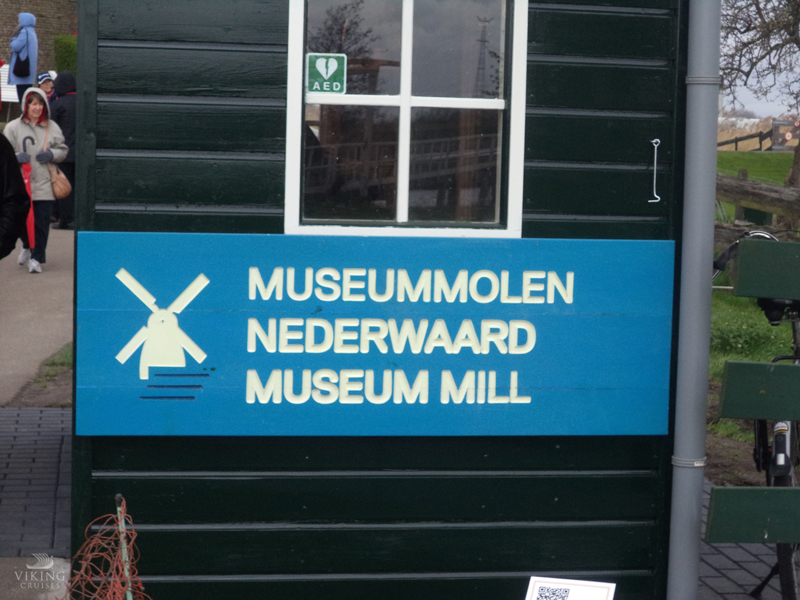
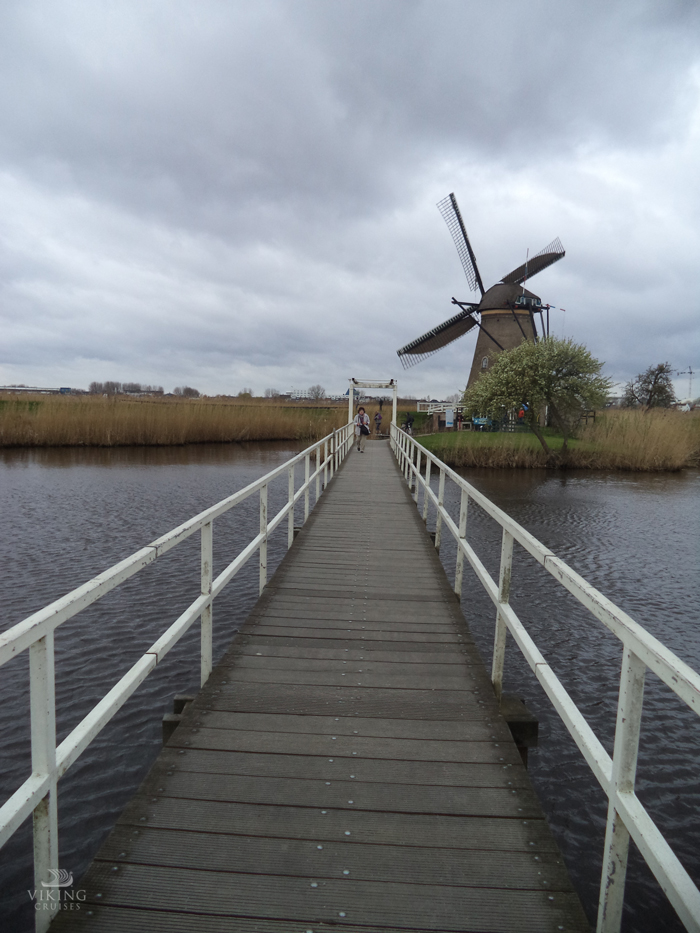
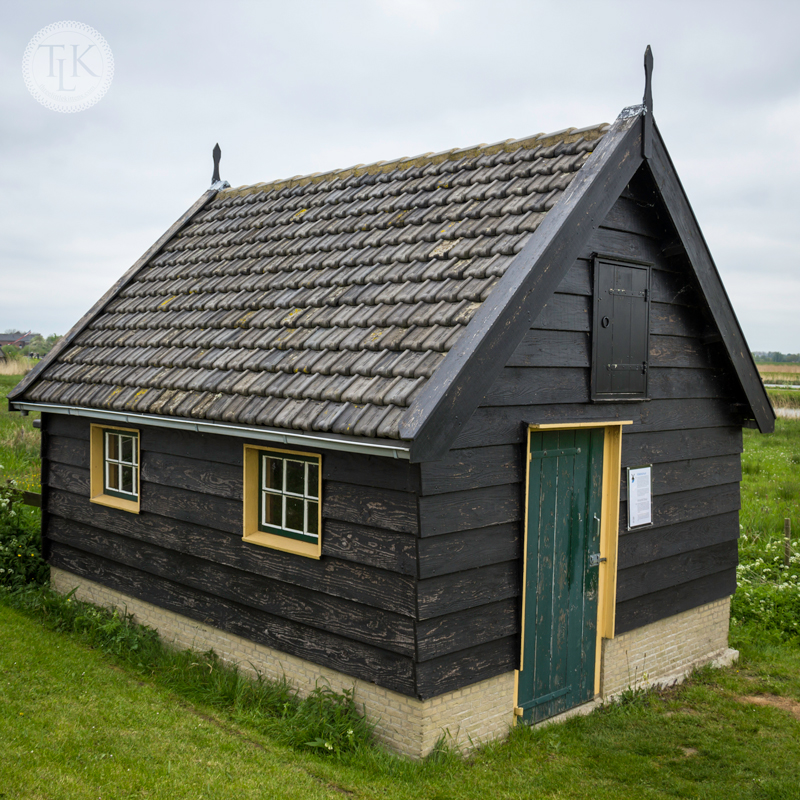
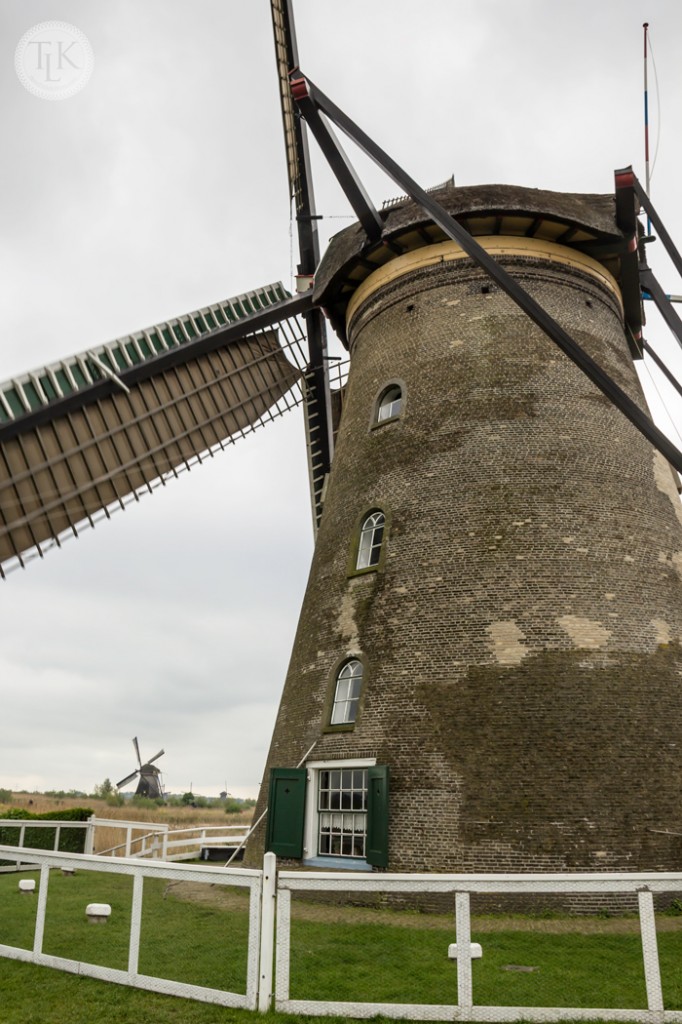
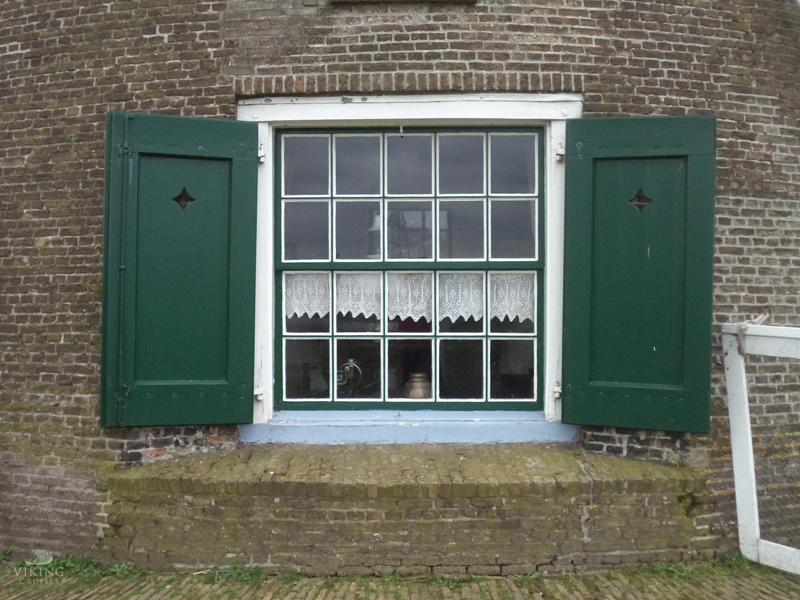
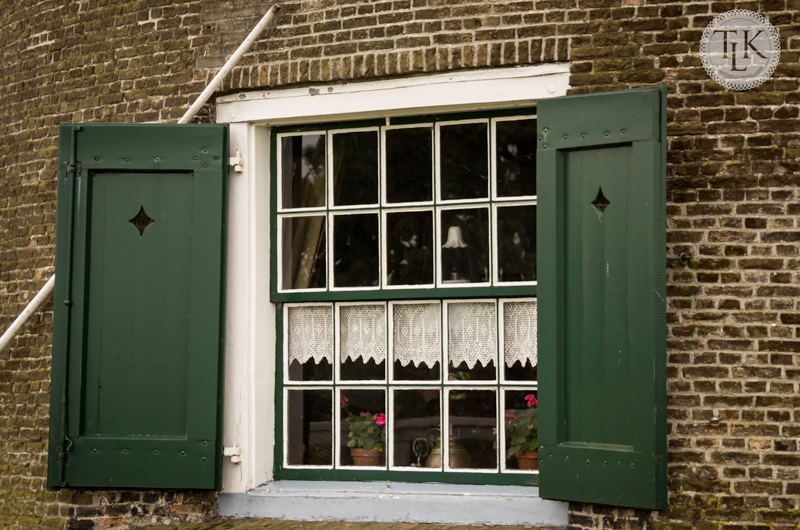
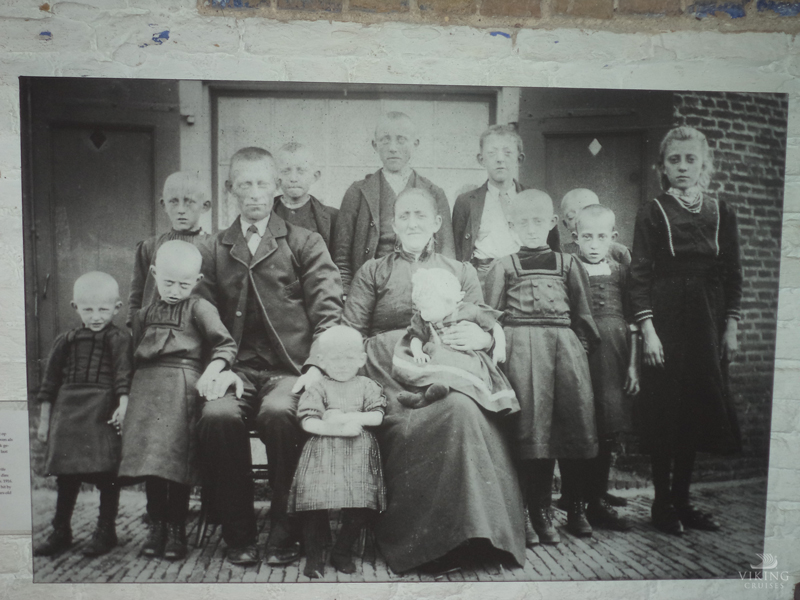
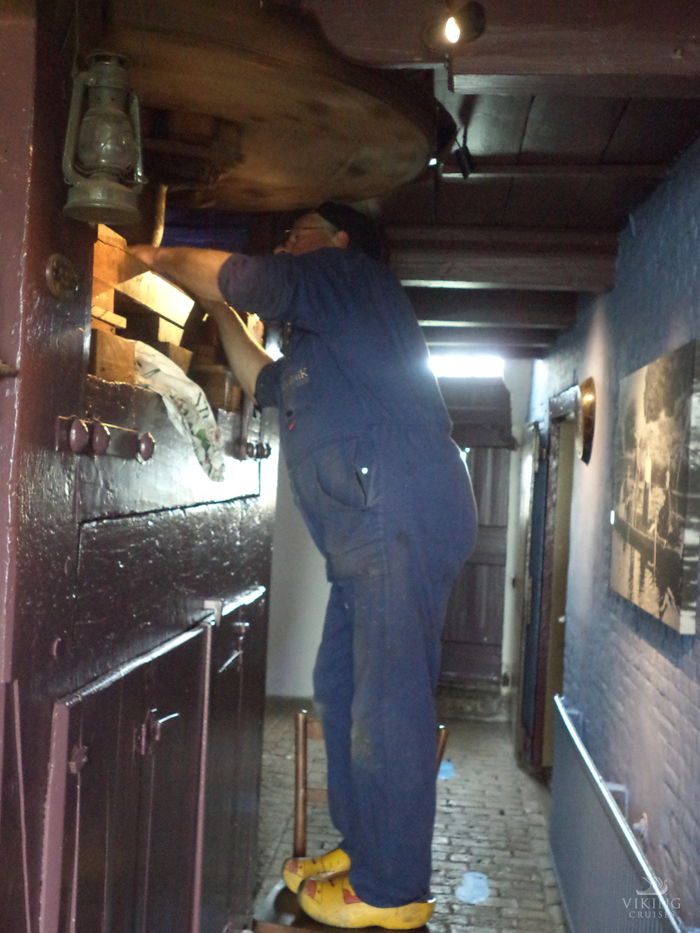
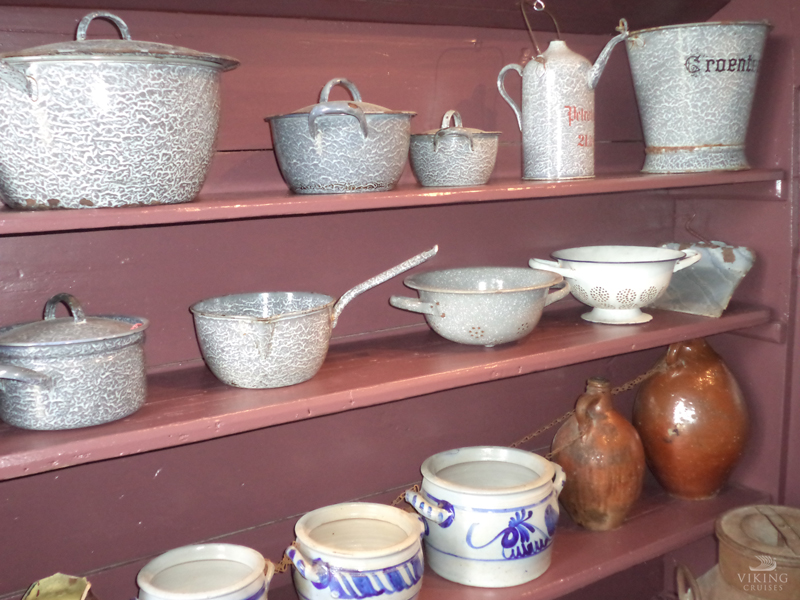
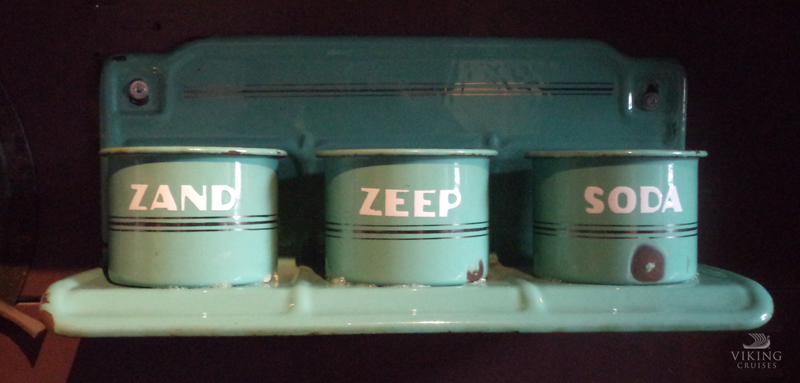
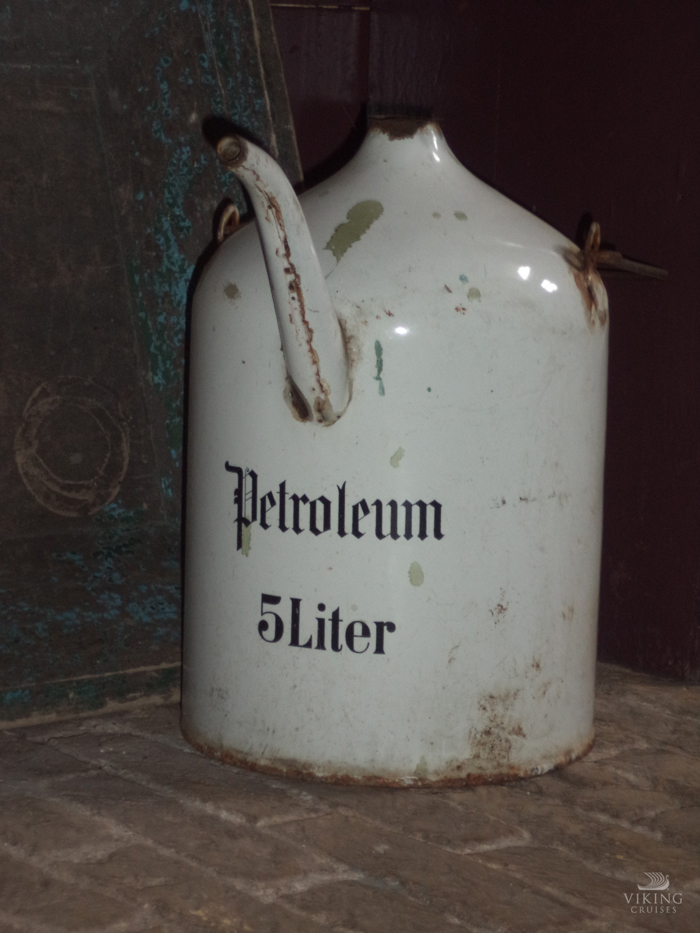
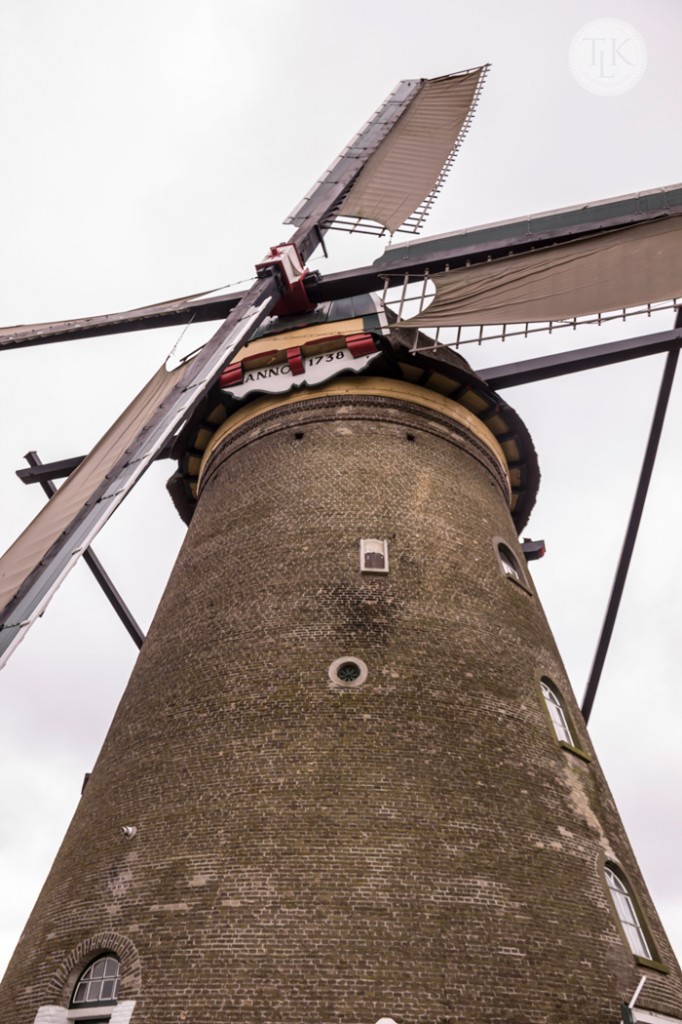
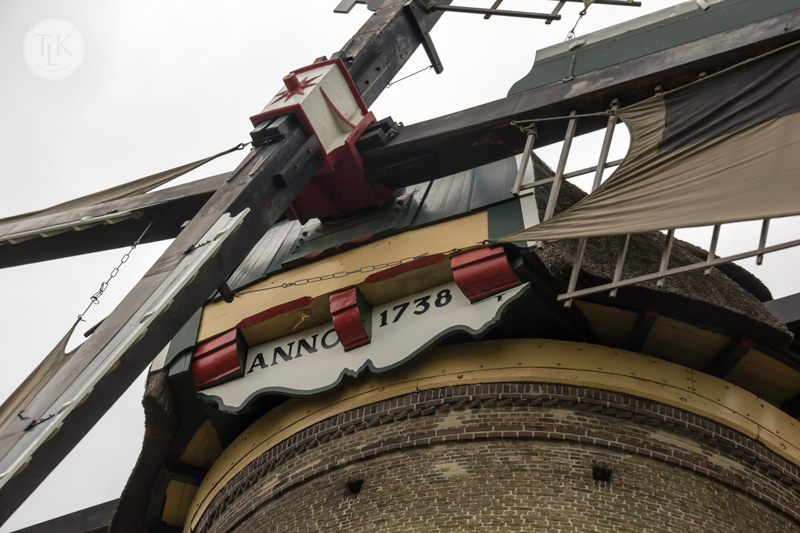
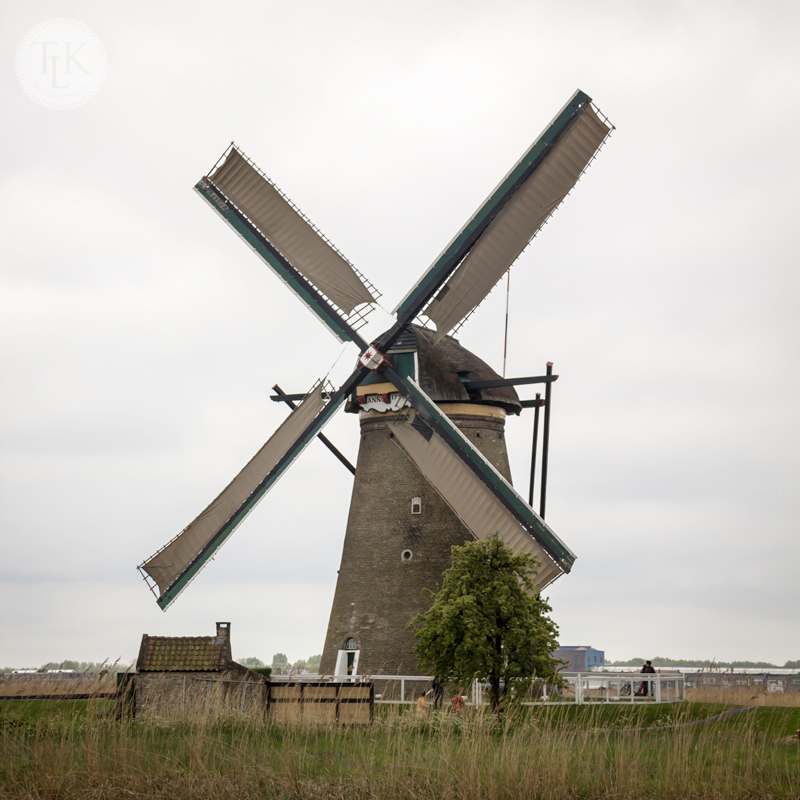
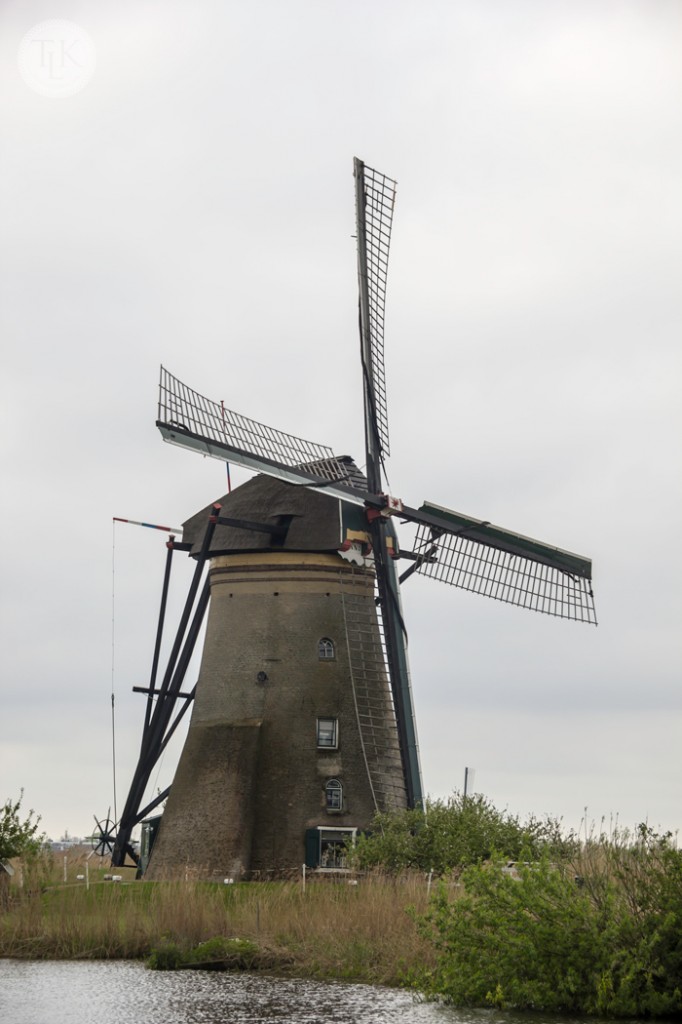
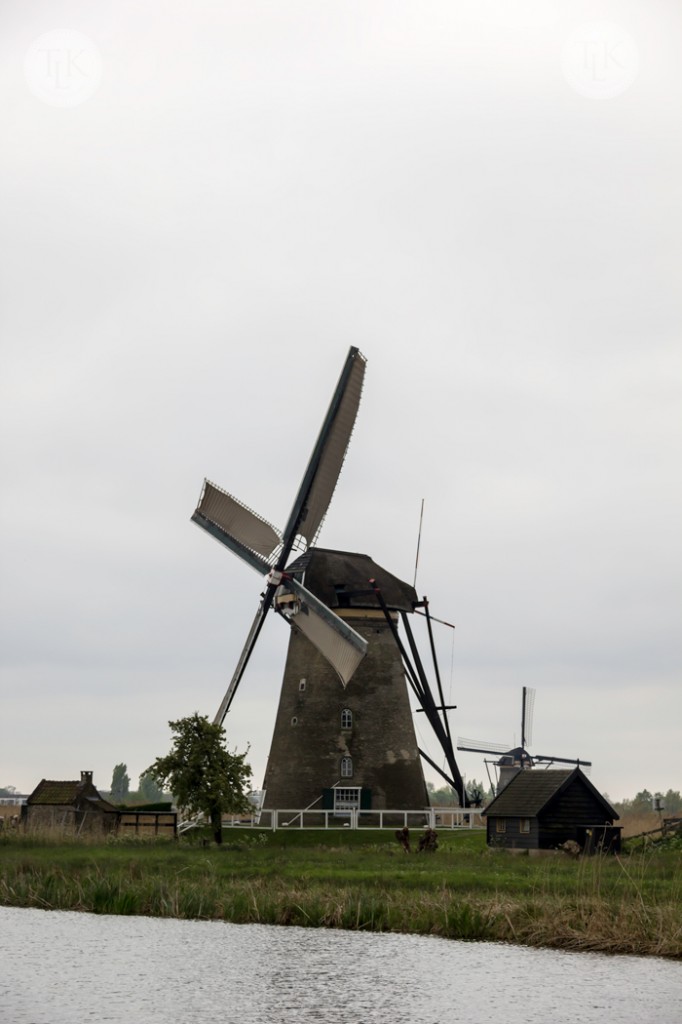
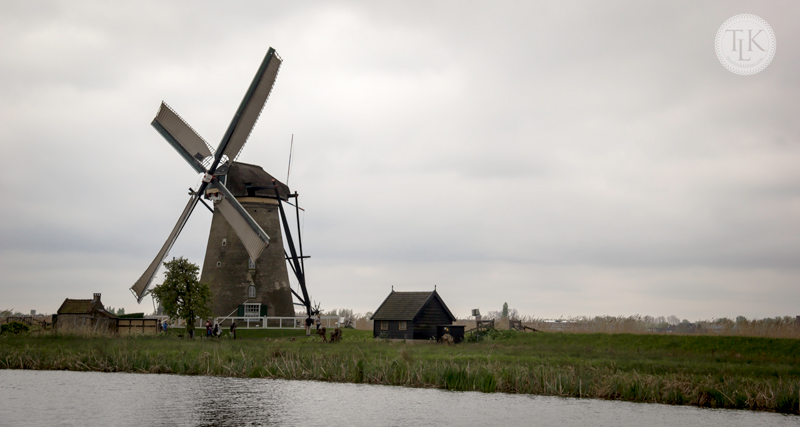
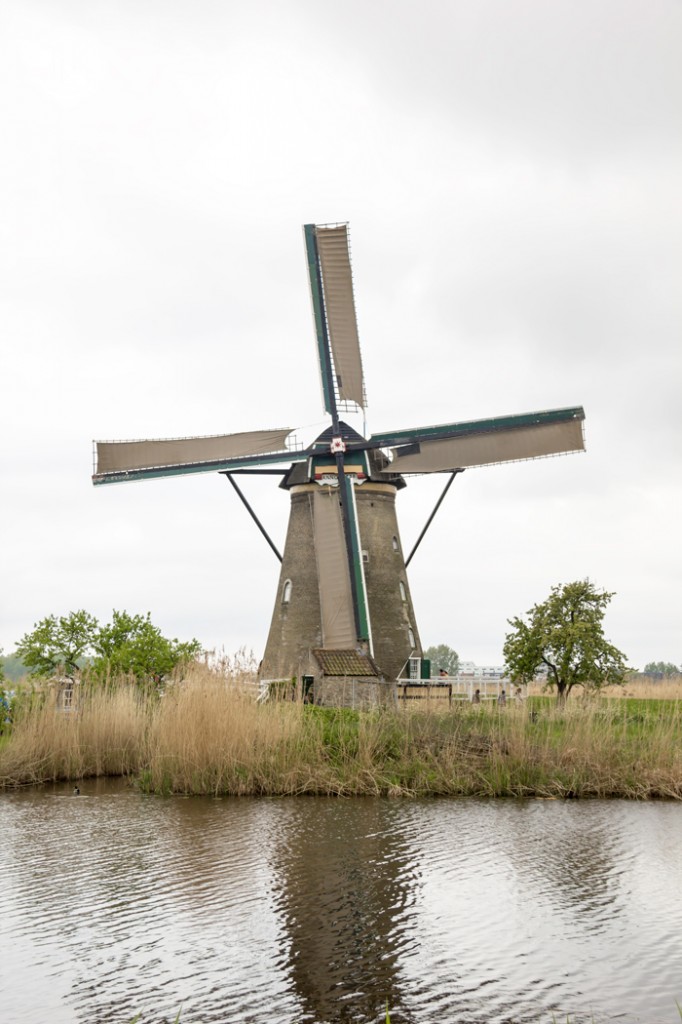
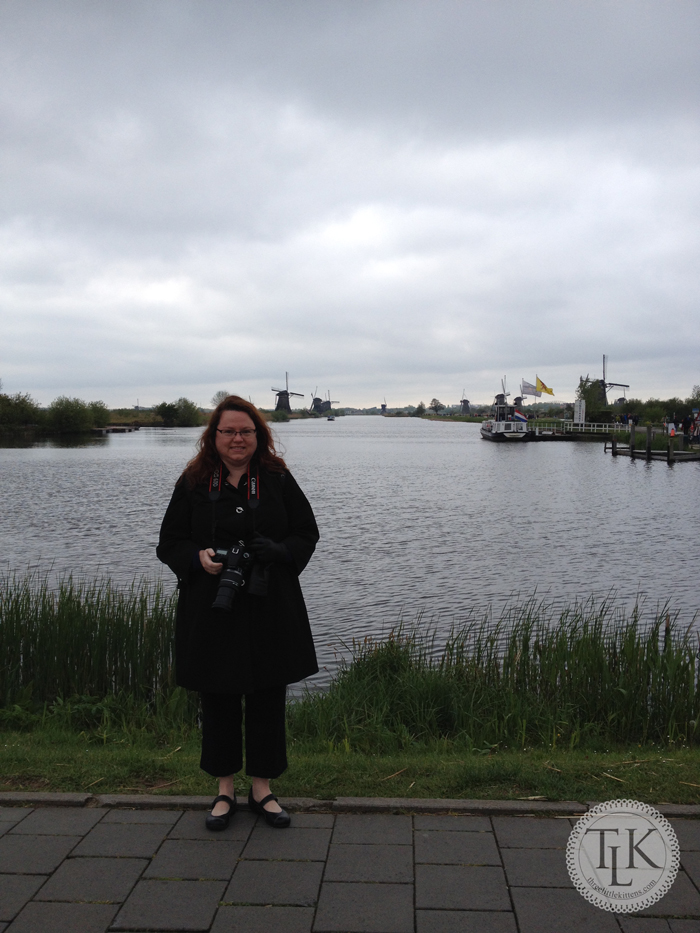
hi, can i know how many floors in the windmill and each floor descriptions:)
Hello Nadya! Sorry, but I don’t remember exactly how many floors. It seems like there were 5 or six. The ground floor housed a kitchen and general living area along with some workrooms I think. The upper floors housed bedrooms and the very top floor housed the mechanism that turned the windmill. That entire floor was a huge piece of equipment.
I got very claustrophobic when visiting, the stairs/ladders were very steep and the rooms were very small. It would be interesting to try and live in such a place!
Regards,
Teresa
Thank you for your valuable information Teresa. Your story really influence me to go there by myself.
Once again, thank you so much;)